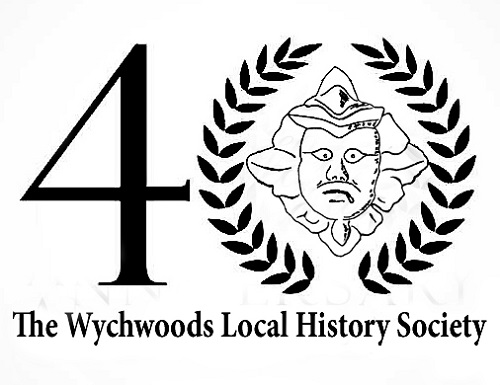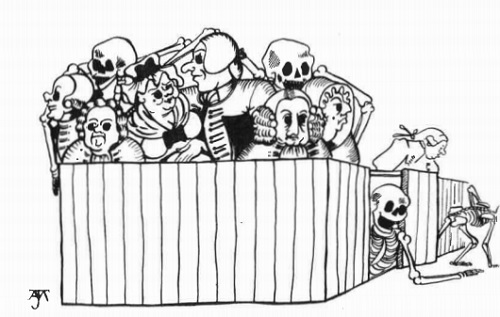
Here is short and somewhat mischievous piece by Jack Howard-Drake, taken from the WLHS Journal No 2 (1986). We republish it here as part of an occasional series celebrating the work of the Society over time. (A PDF of the Society’s Journal No 2 can be found here).
In October 1732, Sir Thomas Read and George Read were granted a faculty or licence by the Bishop ‘to appropriate a Place in the Parish Church of Shipton under Whichwood commonly called or known by the name of the Scull house being under the respective Pews or Seates of the aforesaid Sir Thomas Read Bart and George Read Esq.,…’. They were to dig another ‘Scull house’ near the old one ‘to put all sculls and bones in for the future’ and were granted the old ‘Scull house to be a Dormitory or place of Buryall’ for their families provided they kept it in ‘constant and decent’ repair at their own expense.

Efforts to locate these ‘Scull houses’ with any certainty have so far proved unsuccessful. They were presumably under what is now known as the Read chapel. The old one, which became the Read’s family burial place, measured about fourteen feet from north to south and about nine feet from east to west, measurements which are difficult to reconcile with those of the present chapel, the floor of which is at two different levels above the main floor of the church. There is perhaps a clue in what appears to be the top of an arched entrance to a vault low down on the outside of the east wall immediately under the centre of the memorial window.
It is within living memory that the area of the chapel was screened off from the rest of the church and that the Pepper family used the small door on the south side to go in and out unobserved. But we have so far failed to find any record of the building of the chapel in its present form.
We should be glad of any information which might help us to discover the history of these burial places and the use of the chapel for the private pews of the local gentry.

